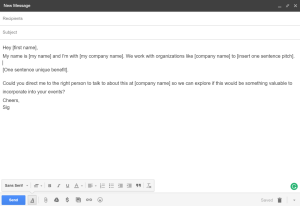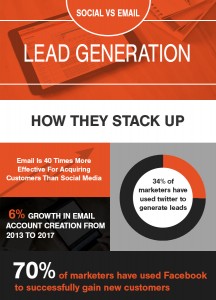How a vendor establishes a client account team can uncover insights into how productive the relationship will actually be.
I’ve worked with some wonderful vendors throughout the years, but there are some that are not so ideal. Having worked at a vendor, I have experienced this type of relationship from both perspectives. So, I know the importance of considering the factors that can make or break a vendor relationship.
One of the major factors is the account team. This is a group of people assigned to your account. They should meet with you on a regular basis (the ideal cadence varies widely based upon the product and situation) to discuss how to boost their platform or product’s utility. Another important thing is alerting you to product updates. If they don’t do this, it can wreck a relationship. Further, it helps to have a stable team. Building a rapport with individual people over a long period of time helps. However, sometimes teams are more like revolving doors. Vendors that strive to establish stable account teams make things easier for their clients.
Another important factor is listening to client feedback. For a variety of reasons, I don’t believe that the customer is always right, but clients, customers, and users are the ultimate ones who determine what’s valuable. Without them, products can’t succeed. Vendors should solicit feedback regardless of their size. However, it’s understandable that a small vendor is more nimble and able to respond to feedback than an enterprise-size vendor. One could have a greater expectation of small vendors to address client feedback, but larger vendors shouldn’t ignore it either. In those cases, it is important to note if your account team says that it will pass your feedback along and advocate for the request. It may take time, but depending upon how they respond, this can certainly make or break a relationship.
This is certainly crucial – response to support tickets. No product is perfect; everything has quirks and bugs. That’s why it is important for vendors to have channels for clients to report problems. It’s important to have reasonable expectations, but there are limits. This is a good topic for legal or procurement to check and negotiate SLAs (service level agreements) when purchasing or renewing a service. Vendors should have definitions of issue severity and establish response times from when they arise. It’s important to track their response, and raising concerns about their compliance with their own SLA is more than fair.
Pricing models are obviously a make it or break it factor. Pricing is defined by many factors like system users, visitors (per visitor or per session), features contracted, volume of usage, etc. It’s important to consider the pricing factors. For instance, when dealing with a marketing automation provider, does it charge by the number of contacts in a database? Or does it charge by the number of messages sent regardless if many unique individuals get one message or a small number of individuals get a lot of messages a piece? If you don’t need to use all of the available features, can legal or procurement arrange a better price accounting for that? Ensure that a vendor’s pricing methodology makes sense for your situation. Once again, procurement can help evaluate this.
Understanding how a client relates to its industry is another important factor of a client/vendor relationship. This is a tough balance to account for. Each organization is as unique as a snowflake, but snowflakes have a lot of similarities. For instance, in higher education, the vast majority of institutions accept public financial aid, but their tuition models and payment processing vary. There’s a strong similarity with distinctions, and vendors that can address the commonalities while accounting for the differences is important. Some responsibility falls on the client. Everyone wants to feel unique, but it’s important to embrace what’s not unique. This is such a tricky balance, but a marketing vendor that is willing to help explore this with a proper balance is a great sign.
There’s certainly more to a client/vendor relationship, but these are some of the big factors in helping determine how productive they are. While this article has mainly focused on the vendor side, it’s important for clients to remember that they’re part of the equation as well. They, too, can complicate things.
Opinions expressed in this article are those of the guest author and not necessarily Marketing Land. Staff authors are listed here.
(15)









